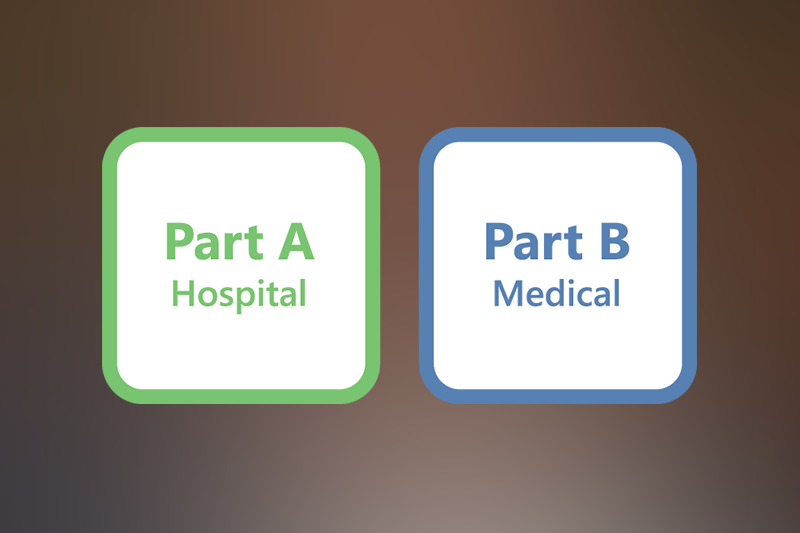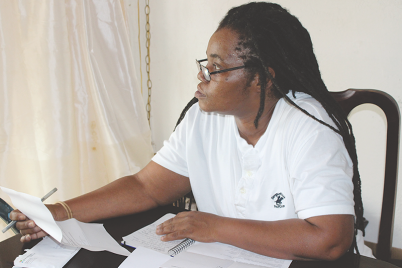BY NATHANIEL SILLIN
If you’re eligible for Medicare, or will be in the coming year, there are a few changes you should know about for 2017.
An increase in the Department of Labor’s Consumer Price Index (CPI) means there’ll be an increase in Social Security benefits and Medicare Part B premiums. For most recipients the increases almost offset each other, but those who aren’t covered by the “hold harmless” provision (about 30 percent of recipients) face a larger Part B premium increase.
These changes, along with several others, will go into effect soon and you should consider how they could affect your budget.
A slight increase in your Social Security benefits. Since 1975, Social Security benefits have an automatic cost-of-living adjustment (COLA). The adjustment depends on the CPI and helps keep your benefits in line with the rising cost of goods.
There wasn’t a COLA for 2016 benefits, but there is a .3 percent adjustment for next year. Meaning, you’ll get an additional $3 per $1,000 you receive in benefits. The estimated average monthly benefit for all retired workers is expected to increase $5, from $1,355 to $1,360.
Medicare Part B premiums will also rise. The COLA also affects Medicare Part B premiums, the part of Medicare that covers some types of procedures and medical equipment. However, for about 70 percent of Medicare recipients, the Social Security Act’s “hold harmless” provision prohibits an increase to Medicare B premiums of more than the previous year’s COLA adjustment.
According to the Centers for Medicare and Medicaid Services, held harmless recipients will pay $109 per month, an increase of $4.10.
If you aren’t held harmless, Part B premiums could increase by about 10 percent. The remaining 30 percent of Social Security beneficiaries will have their Part B premium increase by about 10 percent. You could fall into the non-held-harmless group if you:
-
· Are a new enrollee
-
· Enrolled in Medicare but don’t receive Social Security benefits
-
· Get billed directly for Medicare Part B
-
· Receive Medicare and Medicaid benefits and your state Medicaid programs pay your Part B premium
-
· Are a high-income earner subject to an income-adjusted premium
For the non-held-harmless group, the premium depends on the recipient’s (or couple’s when filing a joint tax return) adjusted gross income (AGI).
-
· The lowest monthly premium, for individuals who have an AGI of $85,000 or less ($170,000 for couples), will increase from $121.80 to $134 a month per person.
-
· On the high end, for recipients with an AGI over $214,000 ($428,000 for couples), the monthly premium will increase from $389.80 to $428.60 per person.
Medicare Part A and B deductibles will also increase. Most people don’t have to pay Medicare Part A premiums, but you could still have to pay a deductible or coinsurance for some Part A benefits.
-
· The deductible for inpatient hospital coverage, which helps cover the first 60 days of care, will increase from $1,288 to $1,316 per benefit period.
-
· Daily coinsurance for the 61st through 90th day of treatment will increase from $322 to $329.
-
· Daily coinsurance for day 91 on will rise from $644 to $658.
-
· Each day past day 90 counts towards your lifetime reserve. You have a maximum of 60 lifetime reserve days; after which you could be responsible for all costs.
-
· Skilled nursing facility care is completely covered for your first 20 days.
-
· Daily coinsurance for day 21 to 100 of skilled nursing care will increase to $164.50.
-
· You could be responsible for all costs beyond day 100.








